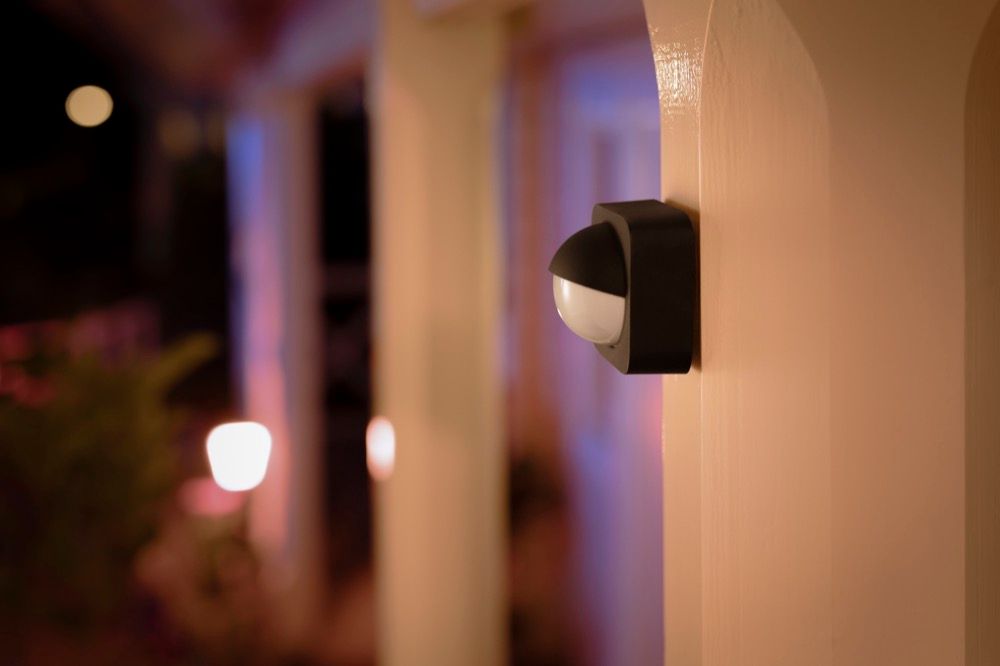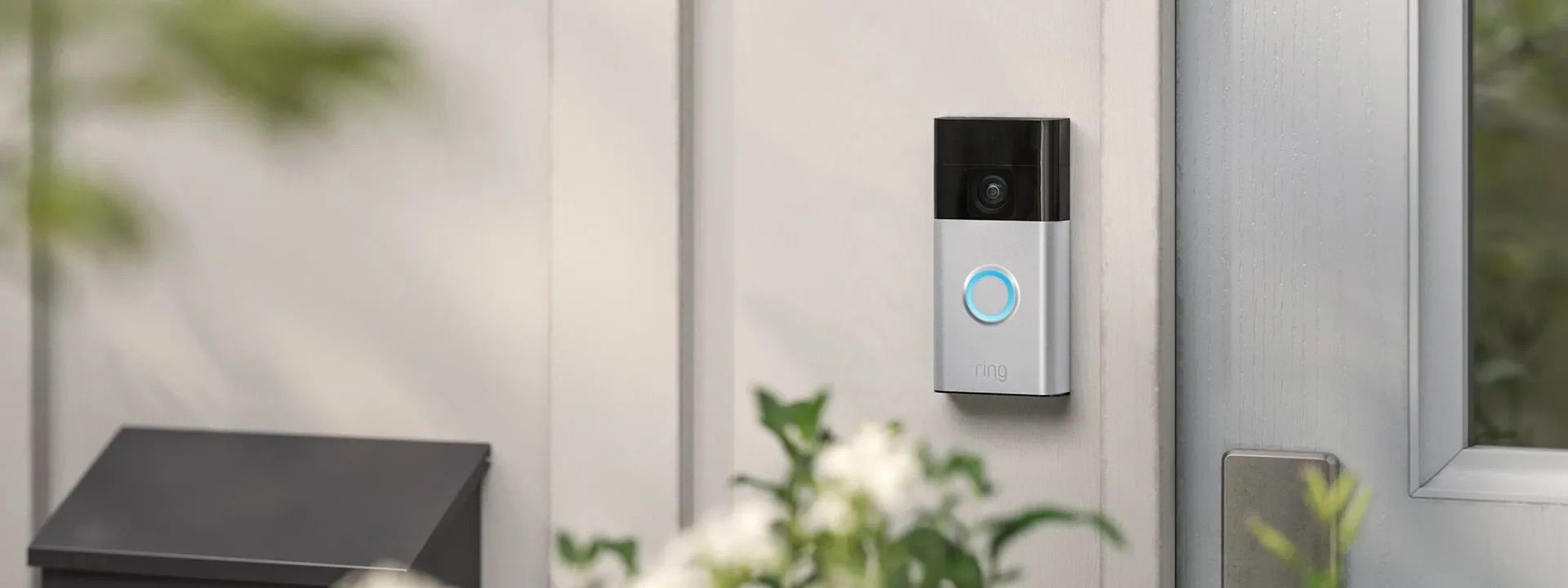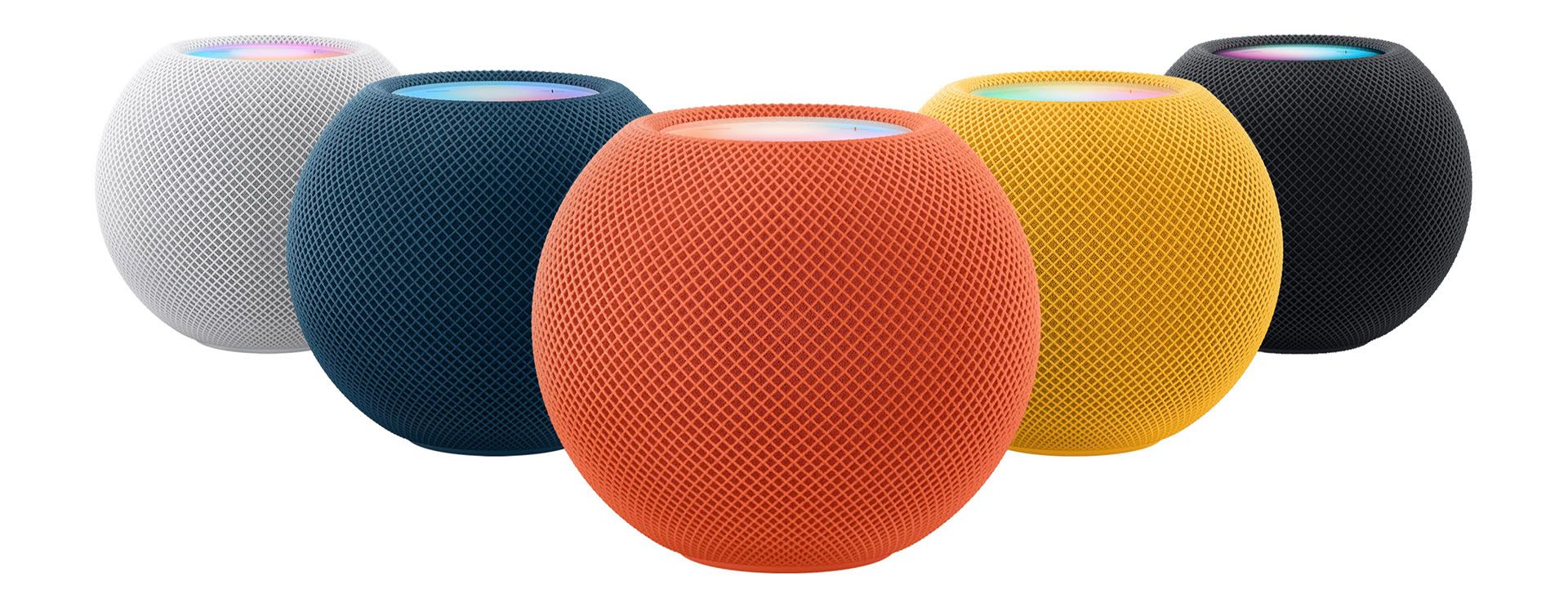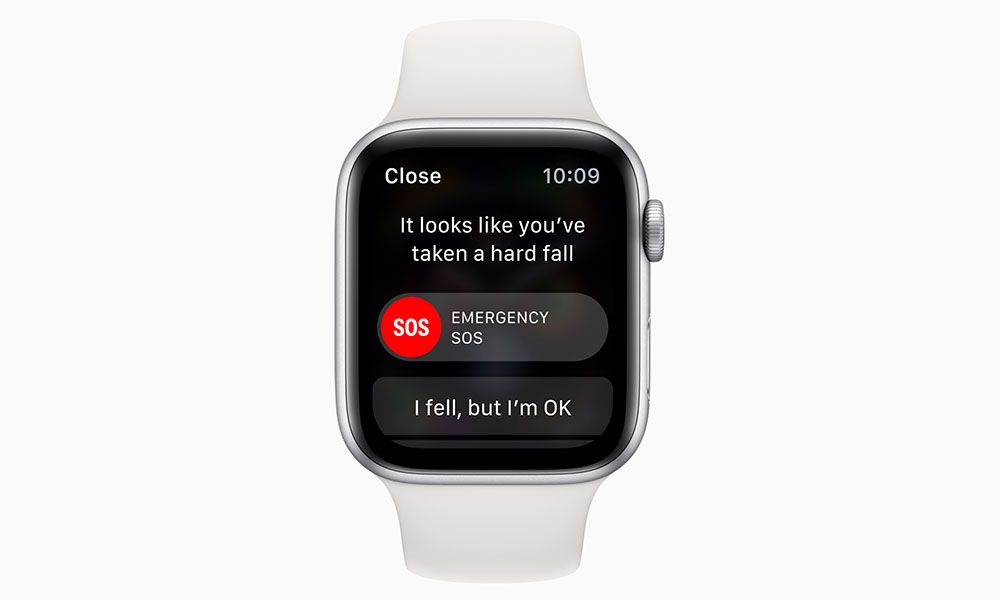Summary
- Always start with a discussion before you install smart home tech, as both sides need to be comfortable with the setup.
- Smart locks and doorbells can provide a great deal of peace of mind.
- Other smart home tech that can help includes motion-activated lighting, smart speakers for reminders, emergency call buttons, and water leak detectors.
It can be worrying when you have an elderly relative living out of town or even out of state. It’s worth considering how smart home tech can make life easier and safer for them while providing you with peace of mind.
Tech Can Help, but Both Parties Need to Be Comfortable
Smart home technology can help alleviate some concerns, but before considering the options it’s important to ensure that both parties are comfortable with whatever arrangements you put in place.
The relative needs to understand the powers they are granting to you. This is especially true with more sensitive things, like being able to lock or unlock doors or view footage from doorbells and security cameras. It will almost always be inappropriate to fit interior cameras in someone else’s home, for example. But they also need to be aware that there is some degree of privacy loss from things as simple as being able to remotely see which lights are on in the home, which can reveal which room they are in.
For your part, you need to be comfortable with the responsibility you have taken on. For example, you could now be responsible for unlocking a door or forgetting to lock it! Your relative may also be more complacent if they know you’re looking out for them.
All of this demands a full and open discussion before any decisions are made.
Smart Locks Have Many Benefits
Door locks raise two concerns. Will your relatives remember to lock exterior doors when they return home, especially when going to bed at night? And could they forget their keys and end up locked out of their own homes? A smart lock can address both.
To ensure doors are not left unlocked, you can configure a smart lock to lock automatically a certain time after being unlocked. You don’t have to be elderly or forgetful to benefit from this; any one of us can arrive home with our hands full, take shopping to the kitchen and then get distracted before we return to the front door to lock it. An automation to lock exterior doors a few minutes after they are unlocked can be a worthwhile automation for all of us.
Most smart locks offer multiple ways to unlock them, of which a key is only one. Options here include keypads, fingerprint readers, palm readers, face recognition, and smartphone presence. This means that even if someone forgets their key, that generally won’t leave them locked out. As a last resort, if they have granted you remote access, you can also let them in from wherever you happen to be at the time.
Smart Doorbells Can Let You Help Vet Visitors
Scammers frequently target the elderly, both in online or telephone scams and in person by door-knocking in person.
A common doorstep scam is for someone to claim to be from a building company carrying out work for a neighbor and then saying they’ve spotted a problem with the property. The goal here is to trick the homeowner out of thousands of dollars for fake repairs to non-existent problems. By granting you remote access to a smart doorbell, you can help spot potential scammers for them, ensuring you are satisfied they are genuine. Plus just the presence of a smart doorbell can deter criminals.
Although smart doorbells have cameras looking out from the property, it’s important your relative understands the privacy implications: this will allow you to see all of their visitors, as well as their own comings and goings.
Use Motion Sensors for Automated Lighting
Trips and falls become more dangerous with age. One very simple but beneficial use of smart home technology is to use motion sensors to automatically switch on lighting when needed. This might be exterior lighting on a pathway or porch, or interior lighting like hallway lights that come on when they walk between rooms.
One automation I use myself is unlocking my smart lock automatically switches on my entrance lights to welcome me home. There’s also a security aspect at play here.
Smart Speakers Offer Useful Reminders
Many of us tend to have our smartphones glued to us at all times, but that isn’t always true for older generations. It’s no secret that we become more forgetful with age, and that’s another area where technology can help out. This can help with tasks as mundane as watering indoor plants once a week to more urgent daily routines like taking medication.
Try placing a few smart speakers around the home and configuring them to issue spoken reminders on whatever schedule is needed. With HomePods, for example, you can create a Shortcut that uses the intercom feature to send a preset message to all the speakers in the home.
These smart speakers have the benefit of being able to take commands to control other smart home appliances like lights and doorbells too.
Emergency Call Buttons Provide Reassurance
You can buy dedicated smart panic buttons which automatically send an alert to your phone when triggered, no matter where you are. But most generic smart switches can also be programmed to do almost anything you like, so it’s easy to fit a number of these throughout the home which can be configured as emergency call buttons. You could, for example, program them to send a text alert to you, or to one of their neighbors.
Other Smart Tech Can Make Life Easier and Safer
Some other smart home tech has a safety and well-being focus. For example, water sensors can detect leaks and send alerts, or even automatically cut off the water supply for a burst pipe. If a relative is prone to running a bath and then forgetting about it, for example, a water sensor in the tub can send an alert to their phone when the bath is at the right level.
But there can be safety benefits even in more mainstream smart home tech. For example, a scene that controls all of the living room lamps can enable them to switch on or off all the lighting with the press of one button rather than having to bend down to activate individual switches. Simple additions like this can help design a more user-friendly home for elderly relatives.
Smart Health Tech Can Also Help
Finally, wearable smart health tech can also be a valuable companion to smart home devices. For example, some smartwatches have fall detection features that automatically recognize the type of movement associated with a fall. They’re ideal for anyone from mountain bikers to those who have issues with their balance.
Fall detection will alert the user and invite them to cancel the alarm if they are okay. If they don’t respond, the fall will be reported to emergency services, telling the operator the exact location of the wearer. That’s one of the safety features of the Apple Watch, and is also available with the Google Pixel Watch.
If you have concerns about potentially vulnerable relatives, it’s well worth sitting down to have a chat about the options available. But don’t just sell a smart home on its safety features, you can also use this tech to automate repetitive daily tasks and have fun with connected colored lighting too.








